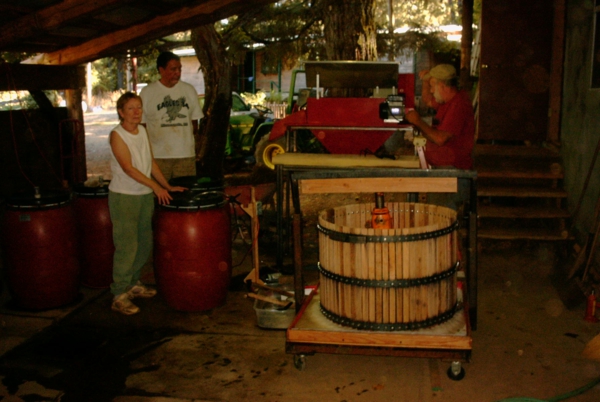What goes into wine?
Well, grapes, of course. But not all grapes are created equal. A grape comes from a seed so pedigree matters but beyond the seed it is the environment that really matters. Soil quality, air temperature, humidity and sunlight all play a role in determining the overall quality of a grape. When it comes to wine quality, many experts believe that everything that happens after the harvest is of secondary importance to grape quality. This explains why some regions such as Napa in California and France’s Bordeaux have such enduing reputations.

Where does wine come from?
When it comes to relaxation, what could be better than a tall glass of red at your favorite Houston wine bar? And there has never been a better time to be a wine lover in America. As wine increases in popularity the variety of options for wine enthusiasts are increasing exponentially. This is evidenced by expanded menus at bars are restaurants, magazines and other media sources and wine specialty stores. Ten years ago you would have been hard pressed to find a good wine bar in many cities. So our consumption is surely on the rise but for many of us the education and edification are not keeping pace. There is so much more to wine than the delicious flavor and the elegant tasting rituals. The science of wine making, also known as oenology, is can truly be considered a form of art.
Beyond the grape
While all the post growing activity will not make bad grapes into good wine, if done poorly, it can turn good grapes into bad wine. Many of the best wines are hand harvested by experienced pickers. This is slower and more expensive than machine harvesters but the overall quality of the harvest benefits considerably. A machine cannot differentiate between a healthy or stunted grape and machines tend to collect other stuff like bird nests and insects. Post plucking processing varies considerably depending on the variety of wine being produced but all involve some crushing and fermentation. Many commercial wines are treated with some type of preservative to help aging. Some hearty reds spend a while in oak barrels to enhance their flavor. The last stage is bottling, corking and labeling. This is fun to watch in the more modern production facilities as the automated process whizzes along.
Building perspective on the history and origins of your wine can greatly expand your enjoyment of the grape much like an understanding of architecture enhances ones appreciation of a cathedral.
Memorial Wine Cellar has a large selection of wine. Enjoy wine from all over the world in this wine bar Memorial Houston.

